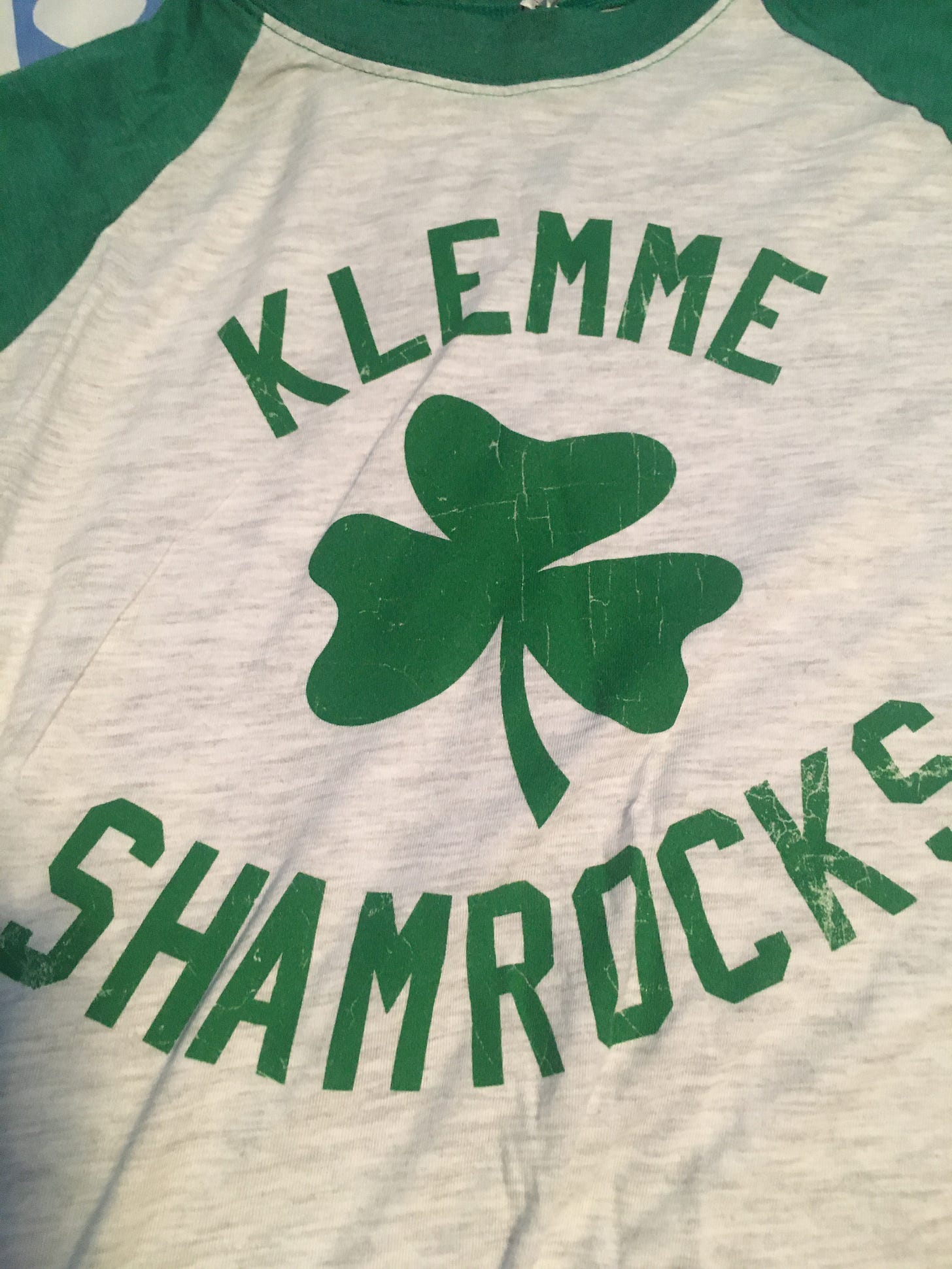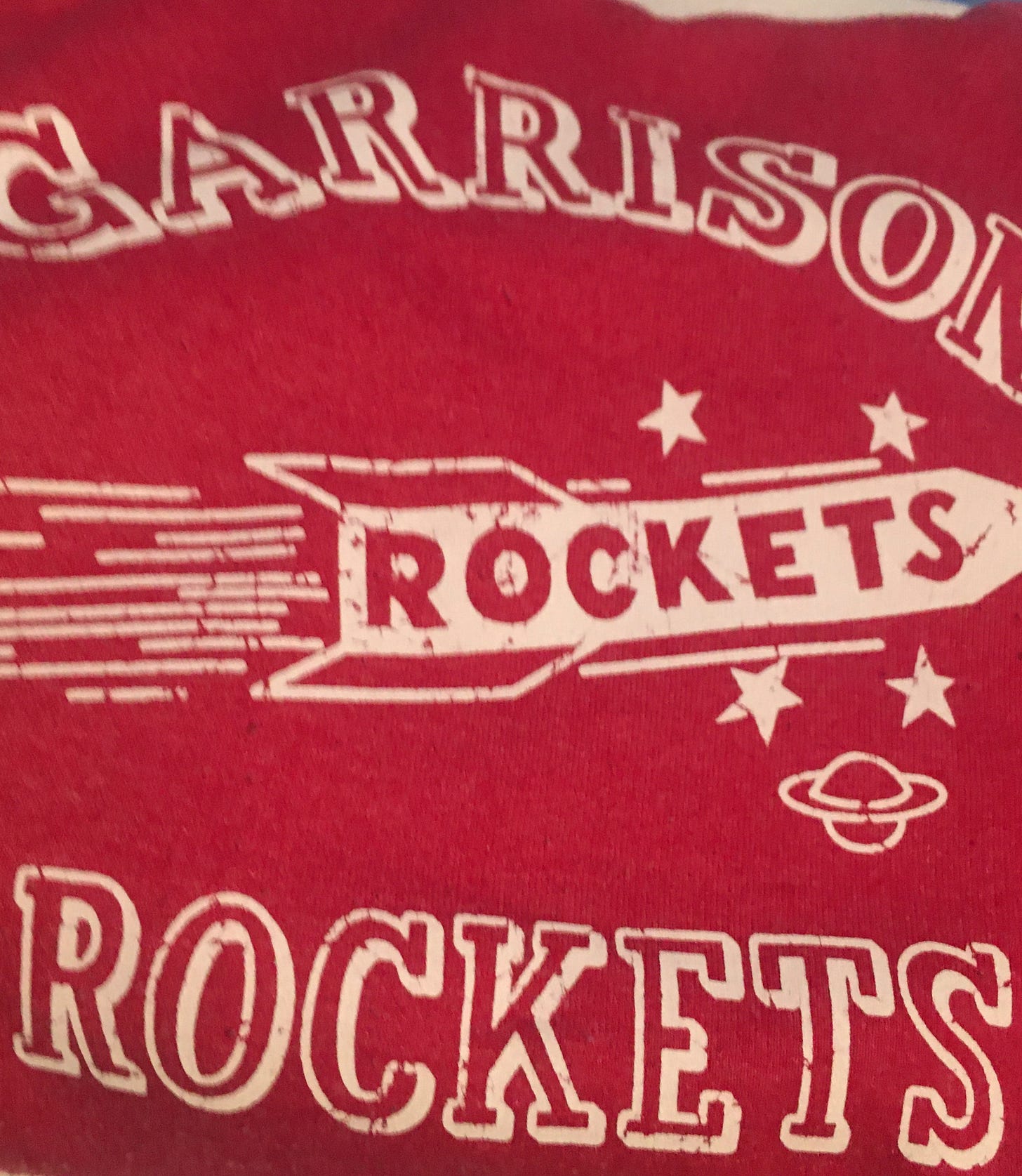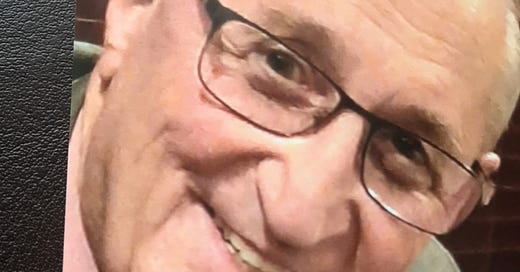The Iowa highs of days gone by
Ex-coach compiles comprehensive chronology of colors, monikers, mascots of Iowa high schools through the years
AMES — There were the Manchester Manhawks. The Cedar Falls Teachers High Little Tutors. The Dubuque St. Columbkille Co-Dukes. The Mallard Ducks. The Monticello Minotaurs.
Also, there were the Volga City Volga Boatmen. The Newton Little Washers. The New Vienna St. Boniface Bonnies. The Protivin Rudolphinum Rudohawks. And last but not least, the Zwingle Zippers.
While some of these names just lilt off the tongue with alliteration, many are seldom spoken and rarely remembered except by a few alums of advanced age.
They’d be long-cooled embers on the ash heap of history were it not for Bud Legg, Iowa’s own Herodotus of high-school athletics
With a little help from his friends — Paul Juhl of Iowa City and Marion native Steve Roth — Legg, the retired information director for the Iowa High School Athletic Association, has compiled nearly 1,100 Iowa high schools past and present and their sometimes-multiple nicknames.
It’s been an avocation for decades for Legg, 80, of Ames, a 1965 graduate of Iowa State University. He was a career educator and coach at South Hamilton of Jewell and Ames high schools for a combined 35 years before capping his career with an 18-year run at the IHSAA in Boone, following the legendary Morris “Mo” Kelley.
”The mascot deal is quite the thing,” Legg said. “That was one thing I started with when I was teaching — actually, when I was at South Hamilton,” from 1966-76.
“I just carried it on whenever I could when I got to Ames High,” where he served from 1976-2001. He taught history, coached girls basketball, assisted with boys basketball and track and served for a time as activities director.
”And when I went to the association I had a good head start,” he said. “It was something I had followed when I was a kid, and got it together. It’s got every school in Iowa that I could ever find. It has colors, mascot, nickname and the current district that they’re in — everything I could find from 1905 to 1958.”

Compatriots Juhl and Roth “got intrigued with it,” and started adding schools from their areas.
His motivation, simply, was “the fact that it had never been done,” Legg said with a laugh. “I’m notorious for that. I just think that unless you capture some history of these schools, you miss it forever.
”You’ll see some schools in there you probably never heard of,” he said, “and some of them changed names. You’ll find Sacred Heart of Sioux City which became Bishop Heelan. There’s a bunch of Catholic schools in there, at least the ones I could find.
”One of the interesting things is there’s a school district in western Iowa, Glidden-Ralston. Pretty good athletic school. Glidden was separate, and Ralston, one year, their school board decided they couldn’t fund separate teams so they joined with Glidden. It was a co-op before they allowed co-ops.”
“What really got me going on this is when I went to Iowa State,” he said. “I met so many kids that were from some of those smaller schools” and they’d talk about their athletic accomplishments. “I started searching and I’d go to the library and look up 10 or 15 a night.”
He continued that beyond graduation into his teaching and coaching career.
Also, he said, “I have a collection of boys basketball programs and girls basketball programs, and that’s where I found a lot of those nicknames.”
Some schools had multiple nicknames.
For example, the high school in Newton, the longtime home of the Maytag Corp. washing machine and large appliance company, used the nickname “Little Washers” or “Li’l Washers” for its athletic teams.
Then in 1928, according to a school alumni timeline, Newton principal H.A. “Pop” Lynn suggested the name be changed to the Cardinals after attending a St. Louis Cardinals big-league baseball game with a group of students. The change was approved by faculty and students.

Also, Legg said, teams of Wiota High School in western Iowa were first known as the “Little Giants” in the 1930s and ’40s. Then in the 1950s students wanted to be known as the “Blue Racers.” That lasted until 1958-59, when students wanted the teams to be known as the Panthers, and the administration allowed the students to do it, “to give them ownership” and pride in the school, the teams and their names.
”Just the novelty of it is pretty good,” he said of his venture, which he came by naturally, having studied history and worked at newspapers during his time at Iowa State.
His goal is to have the list available to the general public. But, he said, “A thousand schools doesn’t appeal to too many people,” to maintain and keep up on a website.
But it’s for posterity, “just making sure that the kids can say, ‘Grandpa went to Jewell, and they were known as the Panthers, even though it’s part of the South Hamilton Hawks now,’” he said.
Some probably viewed the venture as “and exercise in futility.” “Being a history major, I didn’t view it that way.
”When I did it, I did it out of love, I did it out of history,” he said.
The list can be downloaded and viewed below.

Pat Kinney is a freelance writer and former longtime news staffer with the Waterloo-Cedar Falls Courier and, prior to that, several years at the Ames Tribune. He is currently an oral historian with the Grout Museum District in Waterloo. His “View from the Cedar Valley” column is part of “Iowa Writers Collaborative,” a collection of news and opinion writers from around the state.
The Iowa Writers’ Collaborative
From our founder, Julie Gammack:
”Have you explored the variety of writers in the Iowa Writer’s Collaborative? They are from around the state and contribute commentary and feature stories of interest to those who care about Iowa. Please pick five you’d like to support by becoming paid. It helps keep them going.”
Columnists
· Nicole Baart: This Stays Here, Sioux Center
· Laura Belin: Iowa Politics with Laura Belin, Windsor Heights
· Doug Burns: The Iowa Mercury, Carroll
· Dave Busiek: Dave Busiek on Media, Des Moines
· Iowa Writers’ Collaborative, Roundup
· Steph Copley: It Was Never a Dress, Johnston
· Art Cullen: Art Cullen’s Notebook, Storm Lake
· Suzanna de Baca: Dispatches from the Heartland, Huxley
· Debra Engle: A Whole New World, Madison County
· Arnold Garson: Second Thoughts, Okoboji and Sioux Falls
· Julie Gammack: Julie Gammack’s Iowa Potluck, Des Moines and Okoboji
· Joe Geha: Fern and Joe, Ames
· Jody Gifford: Benign Inspiration, West Des Moines
· Rob Gray: Rob Gray’s Area, Ankeny
· Nik Heftman: The Seven Times, Los Angeles and Iowa
· Beth Hoffman: In the Dirt, Lovilla
· Dana James: New Black Iowa, Des Moines
· Pat Kinney: View from Cedar Valley, Waterloo
· Fern Kupfer: Fern and Joe, Ames
· Robert Leonard: Deep Midwest: Politics and Culture, Bussey
· Letters from Iowans, Iowa
· Darcy Maulsby, Keepin’ It Rural, Calhoun County
· Tar Macias: Hola Iowa, Iowa
· Alison McGaughey, The Inquisitive Quad Citizen, Quad Cities
· Kurt Meyer: Showing Up, St. Ansgar
· Wini Moranville: Wini’s Food Stories, Des Moines
· Jeff Morrison: Between Two Rivers, Cedar Rapids
· Kyle Munson: Kyle Munson’s Main Street, Des Moines
· Jane Nguyen: The Asian Iowan, West Des Moines
· John Naughton: My Life, in Color, Des Moines
· Chuck Offenburger: Iowa Boy Chuck Offenburger, Jefferson and Des Moines
· Barry Piatt: Piatt on Politics Behind the Curtain, Washington, D.C.
· Dave Price: Dave Price’s Perspective, Des Moines
· Macey Spensley: The Midwest Creative, Norwalk
· Larry Stone: Listening to the Land, Elkader
· Mary Swander: Mary Swander’s Buggy Land, Kalona
· Mary Swander: Mary Swander’s Emerging Voices, Kalona
· Cheryl Tevis: Unfinished Business, Boone County
· Ed Tibbetts: Along the Mississippi, Davenport
· Teresa Zilk: Talking Good, Des Moines
The Iowa Writers Collaborative is also proud to ally with Iowa Capital Dispatch





Fun read! From an alumnus of the Battle Creek Bombers.
What a great column! And so we’ll written! Thanks for posting this. Wonderful!